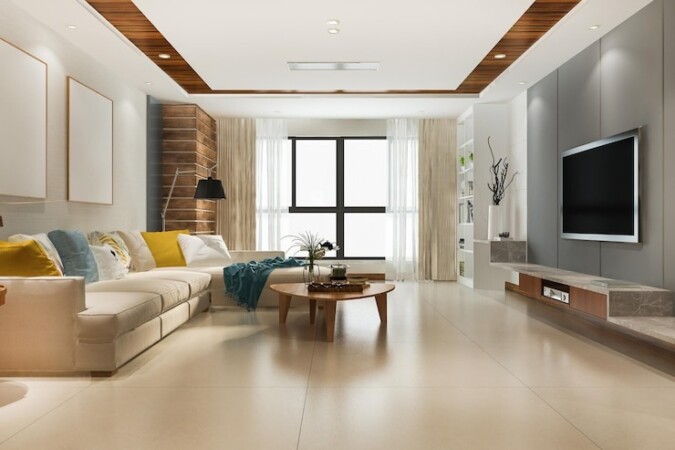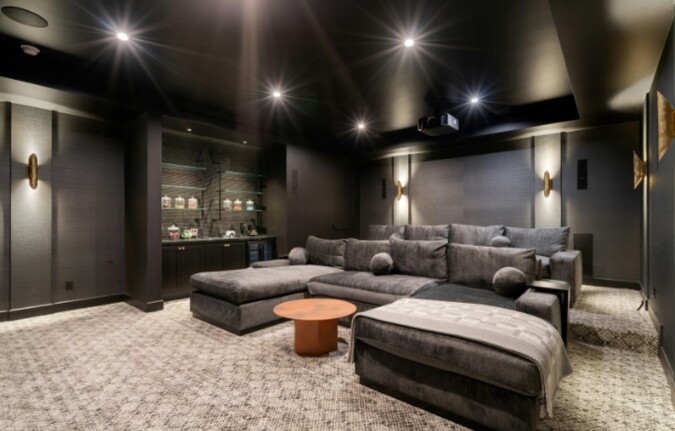When preparing a home for sale, first impressions count—and they start before anyone steps through the door. In Australia’s competitive property market, the way a home looks and feels from the outset can shape a buyer’s entire experience.
From that initial glance to the final room inspection, every element of presentation should work together to create a sense of space, light, and lifestyle.
Making a home open-house ready isn’t about spending big—it’s about knowing what to change, what to highlight, and how to help buyers imagine living there.
Here are the key elements that can make any home feel effortlessly open-house ready.
Declutter, But Don’t Sterilise
Decluttering is essential when preparing a home for sale. According to Zoopla, uncluttered homes can sell up to three times faster than those that aren’t.
Begin by removing personal items like family photos and children’s artwork, but avoid going too minimal—overly bare spaces can feel cold.
Instead, add subtle touches such as neutral artwork or greenery to create a warm, inviting environment that helps buyers imagine themselves living there.
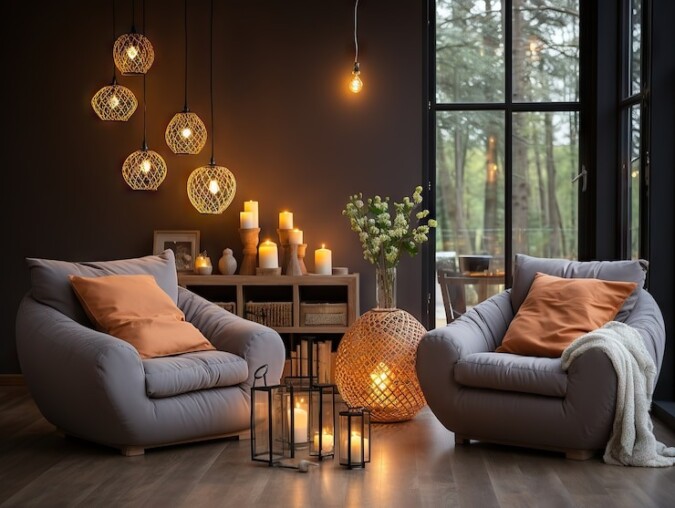
Let the Light In
Lighting significantly shapes how buyers perceive a home. Maximise natural light with clean windows and open blinds; use mirrors to reflect it. In darker areas, layer ambient, task, and accent lighting.
Choose warm white bulbs (2700K–3000K) for a cosy feel. A well-lit home appears cleaner, more spacious, and more inviting—key factors in attracting buyers.
Define the Purpose of Every Room
One common pitfall sellers fall into is failing to clearly define the purpose of each space. When buyers are unsure of a room’s function, it can create confusion and diminish the perceived value of the property.
According to research by Rightmove, homes that clearly demonstrate the use of space—whether it’s a guest room, study, or playroom—tend to receive more interest. This is particularly important in open-plan homes where the layout can feel ambiguous.
Use furniture strategically to clarify function. In a large open area, rugs can define a lounge zone versus a dining zone. In smaller homes, a compact desk in a corner can demonstrate work-from-home potential.
Every room should communicate how it enhances the lifestyle of the buyer.
Furnish for Flow and Space
Furniture layout can dramatically alter how large and functional a space feels. Crowded rooms appear smaller, while well-spaced furniture encourages flow and usability.
Key principles to follow:
- Leave enough clearance (at least 75 cm) for walking paths.
- Avoid placing furniture against every wall—floating a sofa can actually make a room feel bigger.
- Use appropriately scaled furniture. Oversized sofas or dining tables in small spaces make the room feel cramped.
If a home is empty or under-furnished, strategic staging can help buyers visualise its potential. In such cases, renting high-quality, on-trend pieces can be invaluable.
For instance, sourcing furniture to style your own home for sale can help create a polished look without needing to engage a full-service stylist.
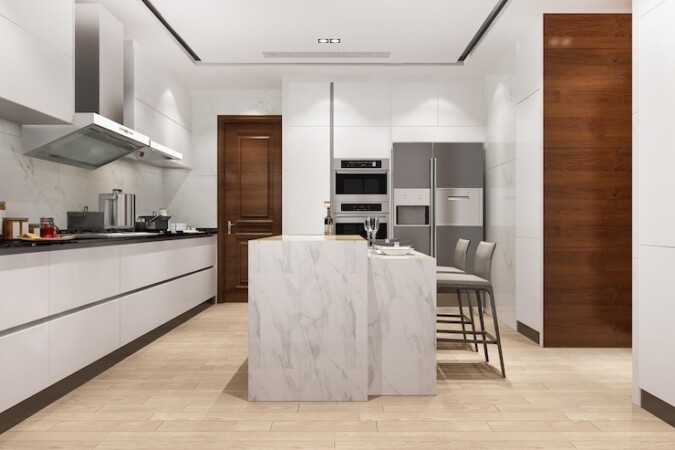
Kitchens and Bathrooms: Update Without Overspending
Buyers are naturally drawn to kitchens and bathrooms—two of the most expensive areas to renovate. But a full remodel isn’t necessary.
The Royal Institution of Chartered Surveyors (RICS) notes that even modest updates in these rooms can yield strong returns on sale price.
In kitchens, consider:
- Replacing cupboard handles and tapware
- Painting cabinet doors with a modern finish
- Updating splashbacks with peel-and-stick tiles for a temporary uplift
In bathrooms:
- Re-grouting tiles
- Installing new mirrors or lighting
- Replacing old toilet seats and showerheads
These small, low-cost changes can breathe new life into tired areas and help buyers overlook minor imperfections.
Use Colour Strategically
While white walls are safe, they can sometimes feel sterile. Using neutral tones like soft greys, taupes, or warm beiges adds depth and warmth while remaining broadly appealing.
Accent colours can be introduced through cushions, throws, and artwork to create focal points and visual interest without overwhelming the senses.
Paint is one of the most cost-effective tools in styling. According to a report by Dulux, homes painted in lighter, neutral tones tend to sell faster and for more than those with bold or dark colour schemes. If in doubt, stick with a unified palette throughout to maintain consistency.
Use Scent, Sound and Temperature to Your Advantage
While styling is largely visual, the multisensory experience plays a crucial role in how buyers feel during an inspection.
- Scent: Avoid strong artificial fragrances. Instead, use fresh flowers, citrus oil diffusers, or the smell of freshly brewed coffee to create a positive association.
- Sound: Soft instrumental background music can reduce awkward silence and put people at ease.
- Temperature: Ensure the home is appropriately heated or cooled depending on the season. A too-hot or too-cold home can rush buyers through their viewing.
These subtle details often go unnoticed consciously but leave a subconscious impression that can influence decision-making.
Outdoor Areas Matter
With more people valuing outdoor living, even the smallest balcony or courtyard should be styled to show its potential. This could mean adding a bistro set, an outdoor rug, or some fairy lights to make the space usable and charming.
For larger gardens, freshly mowed lawns, trimmed edges, and seasonal plants can create a serene, lifestyle-oriented atmosphere. If there’s a BBQ area, clean it thoroughly and set it up as though ready to entertain.
According to a 2023 Houzz Landscaping Survey, 78% of buyers in Australia said that outdoor living spaces were a “very important” consideration when purchasing a home.
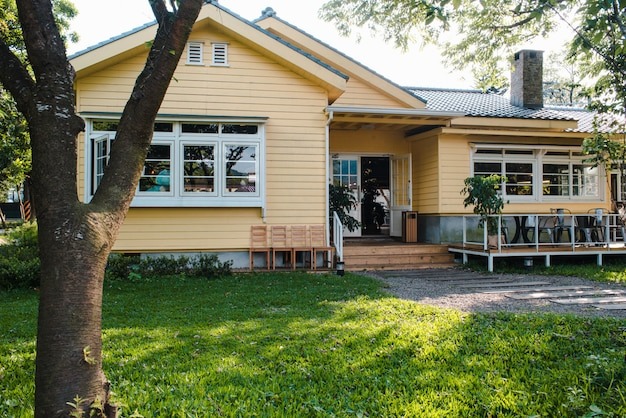
Final Checks Before the Open Day
Before welcoming buyers through the door, do a full walkthrough to ensure every detail aligns with your intended presentation.
Key reminders:
- Empty bins and tuck them away
- Ensure all light bulbs work
- Open windows to air out the home
- Set dining tables or breakfast counters with simple place settings
- Tidy wardrobes and cupboards (buyers will often peek inside)
Finally, it’s essential to be objective. If possible, ask a trusted friend or professional stylist for feedback. A fresh set of eyes can often identify blind spots in your presentation.
Final Touches
Staging a home isn’t about perfection—it’s about potential. When executed well, styling not only highlights a property’s strengths but also creates an emotional connection with buyers.
With attention to flow, lighting, layout, and ambience, even an ordinary space can be transformed into an irresistible listing.
And when every detail is considered, a home doesn’t just look open-house ready—it feels ready to become someone else’s next chapter.

